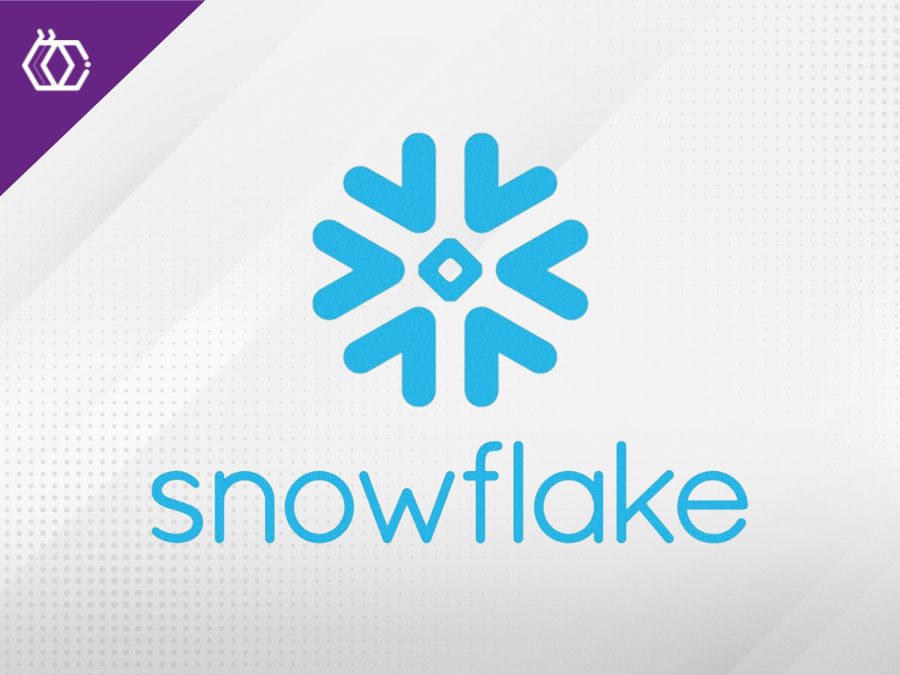

Snowflake
(7 minutes of reading) Snowflake is a single, global platform that enables the Data Cloud. It is uniquely designed to connect businesses across the globe, across any type or scale of data, across many different workloads, and to enable seamless data collaboration. Snowflake's architectural concepts perfectly align with the goals of a data lake. The purpose of this platform is to take advantage of the cheap storage available in the cloud, provide the on-demand computing power needed for big data, and offer the ability to store both semi-structured and structured data in one place. Its main difference is that its unique architecture perfectly fits the requirement of a Data Lake and simplifies everything through an SQL interface, very familiar to engineers and database administrators. SNOWFLAKE – WHAT IS IT? As mentioned earlier, Snowflake is a cloud-based data storage platform that provides a fully managed service for: storing, managing, and analyzing data. It is built on top of Amazon Web Services (AWS), Microsoft Azure and Google Cloud Platform (GCP) and uses a unique architecture called cloud data warehouse, which allows it to handle large amounts of data and support multiple workloads simultaneously. Snowflake's architecture separates storage and computing, allowing users to scale their data warehouse independently of their computing resources. It also supports multiple data types and formats, including structured, semi-structured, and unstructured data, and integrates with a wide range of data sources and BI tools. One of the key features of Snowflake is its ability to offer instant elasticity, allowing its users to scale up or down their data warehouse resources as needed. In this way, it allows companies to deal with seasonal spikes in traffic or adapt to changes without worrying about infrastructure limitations. In short, Snowflake was designed to simplify the process of managing and analyzing large amounts of data, making it accessible to a wide range of users and use cases. HOW TO USE SNOWFLAKE? To use Snowflake, you typically need to follow these steps: 1) Create a Snowflake account: The first step is for you to sign up for an account on the Snowflake website. You will have to provide some basic information about your business and your data needs. 2) Create a database and schema: After creating your account, you can create a database and schema. The database is where your data will be stored, and the schema is a logical container for organizing your data in the database. 3) Load data into Snowflake: After you've set up your database and schema, you'll need to load data into Snowflake from a variety of sources. This can include structured data from an SQL database, CSV or Excel files, or semi-structured data such as JSON or XML. 4) Query Your Data: Once your data is in Snowflake, you can query it using SQL. Snowflake supports standard SQL syntax as well as extensions for handling semi-structured data. 5) Analyze Your Data: In addition to querying your data, Snowflake also provides a variety of analytics tools and integrations with third-party BI platforms such as Tableau, Looker, and PowerBI. 6) Scale your resources: Finally, Snowflake allows you to easily scale your resources up or down depending on your needs. This can include adding more computing resources to handle larger workloads or reducing resources during periods of low demand to save costs. Snowflake was designed to be a flexible, easy-to-use platform for managing and analyzing large amounts of data. While there may be some learning curve involved at first, the interface is very user-friendly and its documentation is very robust, which makes the platform accessible to users of all skill levels. SNOWFLAKE ARCHITECTURE Snowflake's architecture is designed to handle large amounts of data and support multiple workloads concurrently. It is based on a non-sharing multi-cluster architecture that separates storage and computing, enabling scalability, elasticity, and performance. Here are some key elements of Snowflake's architecture: 1) Cloud data warehouse: Snowflake is a cloud-based data warehouse platform that runs on top of the public cloud infrastructure of AWS, Azure, and GCP. This allows Snowflake to take advantage of the scalability and elasticity of cloud computing, making it easy to scale up or down as needed. 2) Storage and Computing Separation: Snowflake separates storage and computing, which means that the data is stored in a layer separate from the computing resources used to query and analyze the data. This allows Snowflake to independently scale storage and compute resources, providing greater flexibility and cost savings. 3) Virtual Warehouses: In Snowflake, computing resources are provisioned through virtual warehouses, which are clusters of computing resources that can scale up or down depending on the workload. Each virtual warehouse is isolated from other virtual warehouses, which ensures that there are no resource conflicts between different workloads. 4) Multi-cluster architecture: Snowflake's multi-cluster architecture enables parallel processing of queries across multiple computing clusters. This means that Snowflake can handle complex queries and large datasets quickly and efficiently. 5) Autoscaling: Snowflake's architecture allows for automatic scaling of virtual warehouses based on workload. When a workload increases, Snowflake can automatically increase additional computing resources to handle the workload and then scale back when the workload decreases. 6) Data sharing: Snowflake's architecture allows for easy sharing of data across organizations without the need to copy or move data. This enables real-time collaboration and data exchange while maintaining data security and control. It's important to say that the Snowflake data platform is not built on any existing database technology or big data software platforms. In fact, Snowflake's platform combines an entirely new SQL query engine with an innovative architecture designed natively for the cloud. Thus, Snowflake provides all the functionality of an enterprise analytical database, along with many additional special features and unique features. What did you think of our article? Be sure to follow us on social media and follow our blog to stay up to date!
Share this article on your social networks:
Rate this article:
[yasr_visitor_votes size=”medium”]



